- Home
- Home Ventilation
- Why Extractor Fans Don’t Work
Why Bathroom Extractor Fans Don’t Work
Ok, so saying bathroom extractor fans don’t work is a bit of a stretch and I guess I should clarify the statement.
To clarify, In my opinion, cheap off-the-shelf bathroom extractor units simply aren’t powerful enough to work in most properties now that we’ve added insulation and made them less draughty.
What Exactly Do I mean?
In the past our homes had lots of draughts and weren’t well insulated. So they rarely suffered from condensation issues, as the draughts got rid of any water vapour.
The story was the same in the bathroom, which tends to be the worst room for condensation due to the huge amount of steam generated by showering and bathing.
Since the millennium we’ve steadily been on a crusade to improve the efficiency of our homes (which is great, by the way) but we’ve blundered through it adding insulation etc. without stopping to consider the knock on effects of having a home that’s well draught proofed and well insulated but poorly ventilated.
The combination of these improvements now means that there’s a good chance that well insulated and draught free homes aren’t getting enough air changes per hour as are necessary to get rid of water vapour, smells and pollutants. (You can read more on the benefits of home ventilation here).
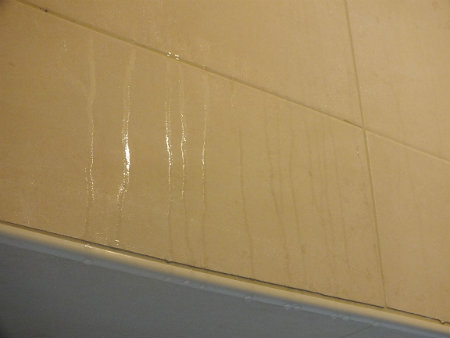
How Does This Have Any Bearing on Bathroom Extractor Fans?
Typical cheap extractor fans are supposed to shift around 5 litres of air per second. However I tested mine and they were moving 3 litres/sec.
If you take an average sized bathroom of say 3m x 3m and 2.35m ceiling height that equates to 21,150 litres.
So a fan running at 5 litres per second would take 4,230 seconds (or 1hr 10 minutes and 30 seconds) to change all that air. And that assumes there’s adequate ventilation elsewhere in the property to allow 21,150 litres of fresh air into the property over the space of the same time to replace the moist air which has been drawn out through your extractor fan.
If there isn't adequate ventilation the fan will be put under increased stresses and the efficiency will drop meaning it’ll take longer to shift the water vapour laden air.
Meaning the above calculation is the best case scenario.
If the fan were to drop to moving 3 litres per second, it would take 1hr, 57 min and 30 sec to move the same volume of air.
Given that most bathroom extractor fans tend to be switch on when you turn the bathroom light on and then run for 5-10 minutes after the light is switched off it’s not hard to see that you’ve very little chance of getting rid of the moisture laden air unless you leave the light on for an hour or so after your shower.
I accept there are methods for calculating what size of extractor fan to install (very similar to the calculation used above). But in my experience most people simply go down to the builders suppliers and pick up a standard off the shelf extractor fan and have it installed.
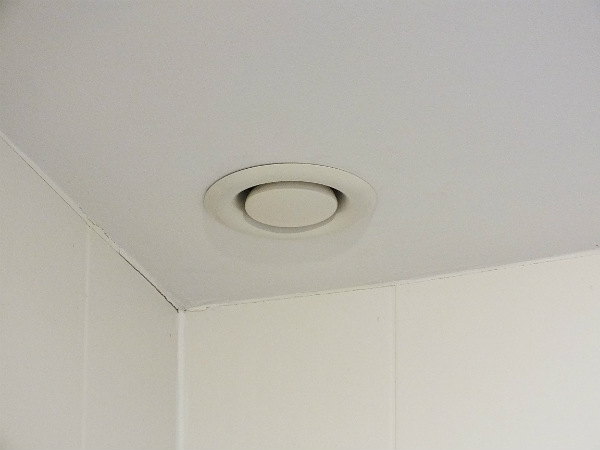
What’s the Alternative?
- Humidity Sensing Fans - These fans aren’t necessarily switched on or off by the light in the bathroom. Instead there is a humidity sensor inside the fan housing that constantly monitors the humidity in the bathroom.
Once the humidity level exceeds the preset level the fan will turn on and will run until it gets the humidity level back down below the preset level. Here's an article on the actual fans I installed in my own home. - More powerful fans - You can easily buy bathroom extractor fans that are rated at higher levels than the cheap models. Although these will shift more air, you still have the issue of them not being "smart" enough to know when to turn on and off, like humidity sensing fans.
- Positive Pressure Ventilation - This is more a whole house solution as opposed to a bathroom solution although used in conjunction with a humidity sensing extractor unit it will make sure there is enough ventilation to provide fresh air to replace the stale moist air in the bathroom.
It comprises of a small unit normally mounted in the loft and vented into your hall or landing. It then pushes fresh air into your home which causes positive pressure and forces stale air out though small gaps in the fabric of your home and through your extractor fans and cooker hood etc. - Negative pressure Ventilation - Believe it or not your bathroom extractor fans and your kitchen extractors are negative pressure systems. They push air out causing negative pressure in your home and this causes air to be drawn in from outside via any tiny cracks and gaps in the fabric of your home.
- Mechanical Ventilation & Heat Recovery - This is the ultimate solution and although it’s more difficult to retrofit to existing homes it is possible (retrofitting into bungalows however is pretty straightforward).
The system is ducted into all your rooms and it removes the warm moist air and sends it to a heat exchanger in the loft. Here the heat is extracted from the stale moist air and added to fresh air being drawn in from outside. Resulting in warm fresh air being added to your home 24hrs a day, although it’s not without its issues.
Conclusion:
If like me, you have concerns about the levels of condensation in your bathroom or if you’ve got black mould in your bathroom, then your bathroom extractor fan simply isn't up to the task. You should give serious consideration to one of the above products.
If you’re on the fence, have a read of my article on black mould to see why you really don’t want it in your home.







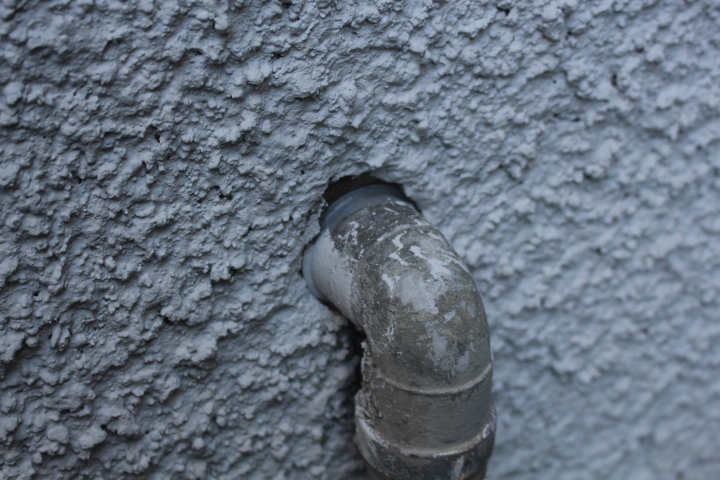

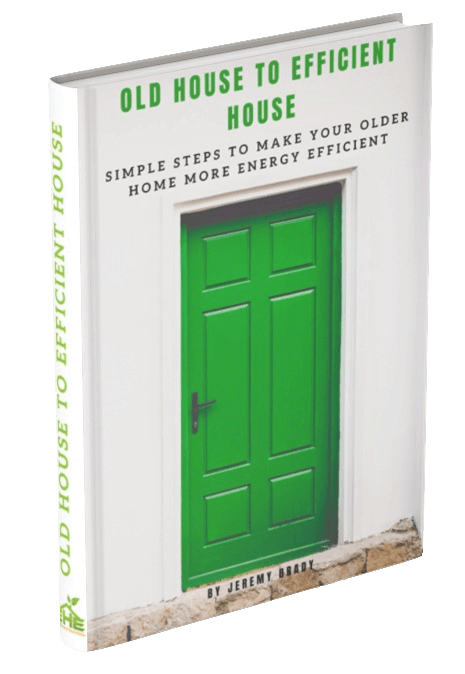




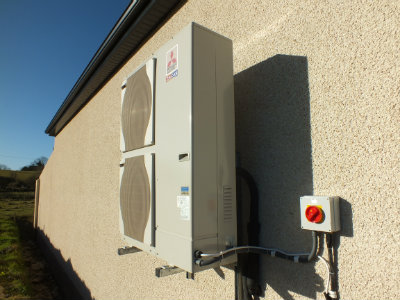

New! Comments
Have your say about what you just read! Leave me a comment in the box below.